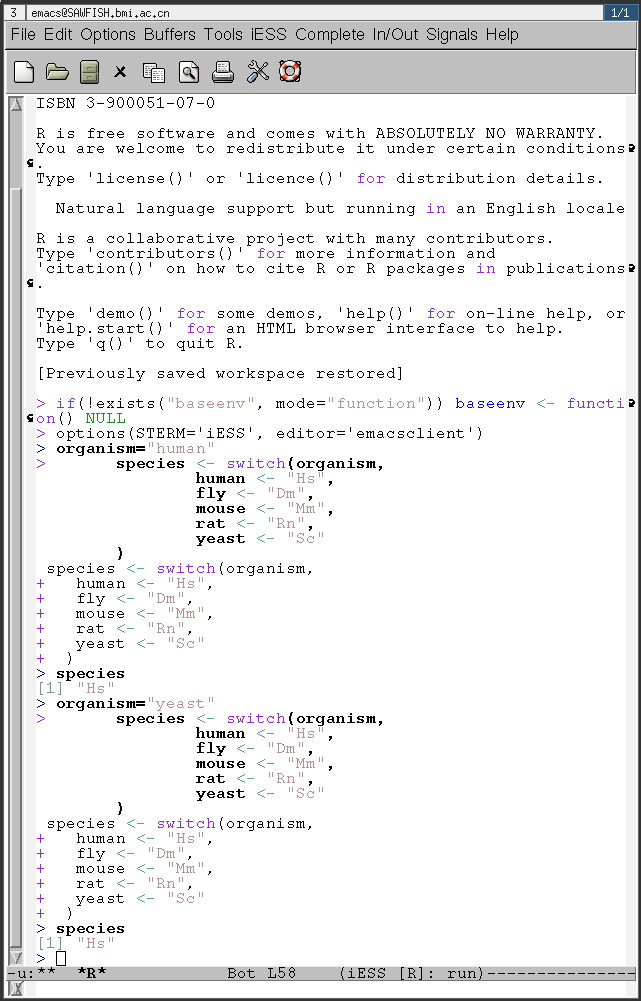Disease Ontology (DO) provides an open source ontology for the integration of biomedical data that is associated with human disease. DO analysis can lead to interesting discoveries that deserve further clinical investigation.
DOSE was designed for semantic similarity measure and enrichment analysis.
Four information content (IC)-based methods, proposed by Resnik, Jiang, Lin and Schlicker, and one graph structure-based method, proposed by Wang, were implemented. The calculation details can be referred to the vignette of R package GOSemSim.

